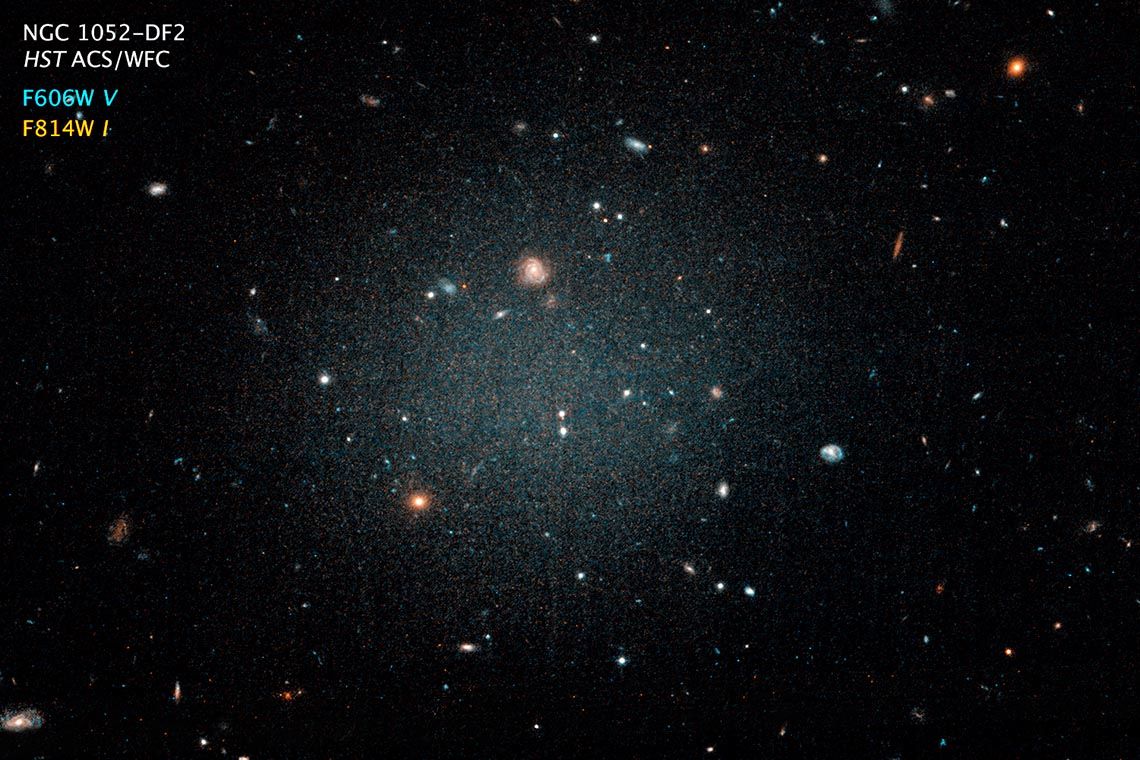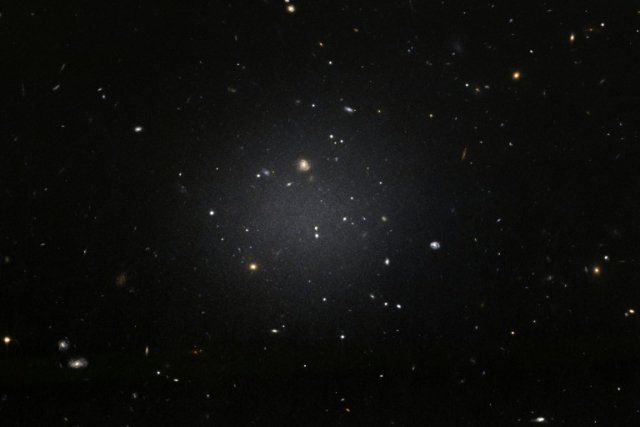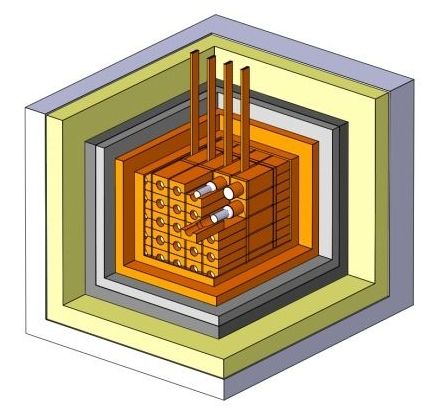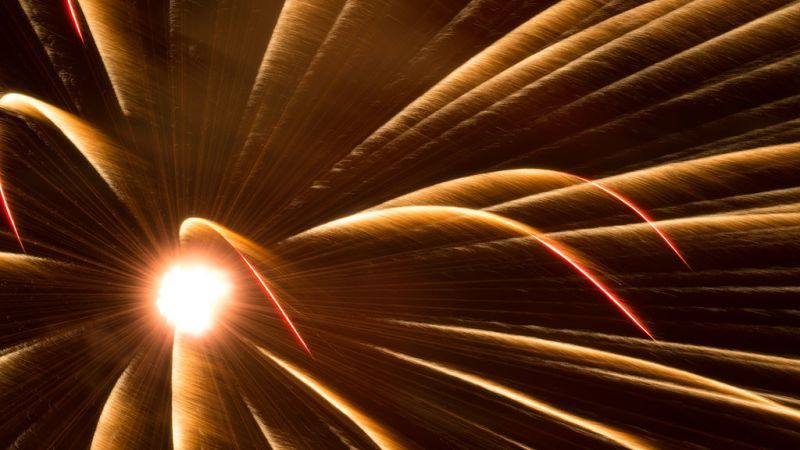https://www.utoronto.ca/news/u-t-yale-astronomers-discover-s…ark-matter


April 2 (UPI) — Using the Hubble Space Telescope, astronomers have observed the most distant star yet discovered.
Astronomers were trying to watch a gravitationally lensed supernova called Refsdal in the distant universe when they noticed an unexpected point source. The source turned out to be the universe’s most distant star. Astronomers dubbed it Lensed Star 1.
The star is located 8.3 billion light-years away in the same galaxy as the Refsdal supernova. The light imaged by Hubble showcases the star as it existed just 4.4 billion years after the Big Bang and the birth of the universe.




Stupefied astronomers on Wednesday unveiled the first and only known galaxy without dark matter, the invisible and poorly-understood substance thought to make up a quarter of the Universe.
The discovery could revise or even upend theories of how galaxies are formed, they reported in the journal Nature.
“This is really bizarre,” said co-author Roberto Abraham, an astronomer at the University of Toronto.


Millions of light-years from Earth, there’s a galaxy that is completely devoid of dark matter — the mysterious, unseen material that is thought to permeate the Universe. Instead, the galaxy seems to be made up of just regular ol’ matter, the kind that comprises stars, planets, and dust. That makes this galaxy a rare find, and its discovery opens up new possibilities for how dark matter is distributed throughout the cosmos.
No one knows what dark matter is. True to its name, the material doesn’t emit light, so we’ve never detected it directly. All scientists know is that it’s out there based on their observations of how galaxies and stars move. Some unseen substance is affecting these deep-space objects, filling up the space between stars and clusters of galaxies. And there seems to be a lot of it. Dark matter is thought to make up 27 percent of all the mass and energy of the Universe. The matter we can see — the atoms that make up you and me — accounts for just 5 percent.

This past June, 500 pounds of a specially fabricated crystal buried in an Italian mountain seemed to glow just a little brighter. It wasn’t the first time, nor the last—every year, the signal seems to increase and decrease like clockwork as the Earth orbits the Sun.
Some people think the crystal has spotted a signature of elusive dark matter particles.
Scientists from an Italian experiment called DAMA/LIBRA announced at the XLIX meeting of the Gran Sasso Scientific Committee that after another six years observing, the annual modulation of their crystal’s signal is still present. This experiment was specially built to detect dark matter, and indeed, DAMA/LIBRA’s scientists are convinced they’ve spotted the elusive dark matter particle. Others are more skeptical.

Without an actual discovery, it can be difficult to convince us laypeople that there’s really such a thing as “dark matter.” It seems to interact with our universe solely through gravity, and no experiment has detected it here on Earth yet. So what if there’s an explanation to what’s causing the dark matter’s using physics that already exists, like Higgs bosons and black holes?
A team of three European physicists has made what could be seen as a controversial statement: “The existence of dark matter might not require physics beyond the standard model.” It’s still just a hypothesis as the hunt for dark matter continues, but it’s an interesting thought to digest.
First, you might be wondering what I’m talking about at all. You only experience regular matter in your day-to-day life—it’s what makes up every planet, star, and galaxy. But astronomical observations imply that there’s gravity from six times more matter in the universe, stuff we can’t see with our eyes or instruments, called dark matter. As of yet, lots of experiments have tried and failed to identify the source of this gravity.